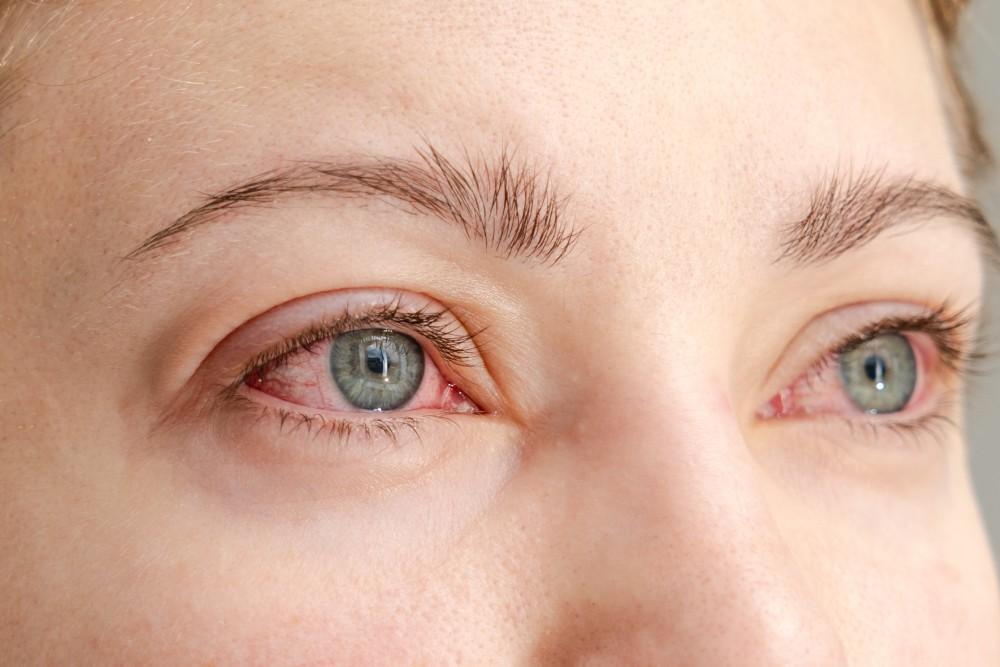
How Astigmatism Changes Your Eye Health Needs

Most people are familiar with nearsightedness (myopia) and farsightedness (hyperopia), but there’s an additional cause of blurry vision: astigmatism. Astigmatism is a refractive error that causes blurry vision, eye strain, distorted vision, and tired-feeling eyes.
Astigmatism is common, affecting about 33% of people, and it can affect your eye health needs. Here’s what you need to know about astigmatism, courtesy of Bainbridge Eye Care specialists Nicanor Lacsina, OD and Yelena Pinkhasova, OD.
Understanding astigmatism
Normally, your cornea and lens are round. This shape is essential as it helps sharply focus light onto your retina. When you have astigmatism, your lens or cornea is oval. Even this subtle change in the shape of your lens and cornea affects how your eye processes light, and that leads to blurry vision. Unlike nearsightedness and farsightedness, astigmatism causes blurry vision at any distance.
Depending on the severity of the curvature of your lens and cornea, you might not realize how your vision is affected. For instance, younger children may not complain about blurry vision. Untreated astigmatism can create challenges at work or school, make it difficult to read, or affect sports performance. Because of this, you may benefit from optometric care.
How astigmatism changes your eye health needs
Even if you already wear glasses to correct myopia or hyperopia, you might find that you’re still squinting to see clearly. That’s because astigmatism can occur with both nearsightedness and farsightedness. Treating blurriness from astigmatism is different from correcting blurry vision related to myopia or hyperopia.
If you have astigmatism, your eye health needs may change. Namely, your eye health needs may now include:
- Comprehensive eye exams
- Custom prescriptions
- High-quality eyeglasses
- Contact lenses
Astigmatism may also make you more prone to eye fatigue. If you work with computers each day, eye fatigue can contribute to headaches or dry eyes. Combat eye fatigue by wearing blue light glasses (glasses to filter out blue light), taking frequent breaks, and positioning your computer screens so that they don’t reflect any lights in your room.
In addition to scheduling regular eye exams and wearing glasses or contacts, you can further protect your eyes by always wearing sunglasses, avoiding smoking, and managing any underlying conditions (such as diabetes) that can affect your eye health.
Do you need contacts or glasses?
In the past, hard contact lenses 一 also referred to as rigid gas permeable (RGP) contacts 一 were the only contact lens options for treating astigmatism. Now; however, you can also wear a special type of soft contact lenses called toric lenses. Toric contact lenses are specially designed to address the curvature of your eye.
If you have severe astigmatism, rigid contacts or eyeglasses may be a better solution than toric lenses, but you don’t have to make this decision alone. With over 20 years of experience, our team here at Bainbridge Eye Care is skilled in recommending the right solutions for your specific needs. Regardless of which type of contacts you choose, it’s important to disinfect and soak them as directed.
Not all eyeglasses are created equally, and that’s also true for glasses for astigmatism. The lenses, frames, and coatings all shape how clearly you can see. In order to correct astigmatism, you need a cylindrical lens to help account for the differences in your cornea and lens shape. That’s why we offer top of the line specialty lenses including Eye Zen™, Crizal® Prevencia™, and Crizal Sapphire® 360 一 just to name a few. And to ensure that you have clear vision while out and about, we also offer high-quality photochromic lenses.
If you’d like to schedule a comprehensive eye exam or discuss your options for restoring clear vision, call us at 718-306-9142. You can also request an appointment at our Bronx, New York City, office with our online scheduling tool.
You Might Also Enjoy...


5 Signs You Need a New Corrective Lens Prescription

Eye-Friendly Habits You Can Start Today

Vision Changes with Age: What’s Normal, and What’s Cause for Concern?

Understanding How Diabetes Can Diminish Your Ocular Health and Impair Your Vision

